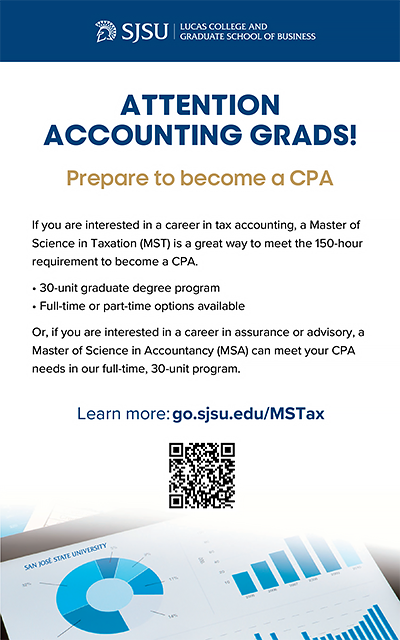The idea of a ‘skills gap’ in America is a myth
March 6, 2014
Americans have been sold the idea of a critical “skills gap” that is throttling our economic recovery and keeping Americans from returning to the workforce during what recovery we’ve had. But the skill gap does not exist. According to the Council on Foreign Relations, “Definitive, hard evidence of a skills gap is actually hard to come by.”
The skill gap has Silicon Valley technocrats begging for more H-1B visas so that they can import programmers from low wage countries. Heartland manufacturers with persistent job openings blame poorly educated applicants. President Obama’s strategies to restart the American economy are rooted in beating the skill gap and creating a renaissance of living wage jobs in hi-tech and manufacturing industries.
The skill gap is a contested assertion of special interests created and perpetuated by employer opinion surveys. It is not a fact. It is an attack on American workers, blaming the tortured rate of job growth on our own incompetence. But when you look at the facts, this story falls apart.
This skill gap violates the law of supply and demand. According to The Council on Foreign Relations, when there are lots of jobs available with few qualified applicants, wages should go up. According to its research, wages have not grown in American manufacturing for STEM graduates, or for engineers. If there were a skills gap then wages for all of those groups should have gone up as demand rose relative to supply.
Although each individual employer obviously wants to pay as little as possible, competition between employers for valuable employees should drive up their wages. This is why wage suppression in industries with a labor shortage is difficult. And yet we see evidence of widespread wage suppression in these industries in persistently low wages for chronically unfilled jobs. Fallen recruitment intensity helps explain this strange situation.
Recruitment intensity includes wages and hiring standards, as well as advertising of positions and screening procedures. Researchers at the Boston Consulting Group found that recruitment intensity plummeted in 2007 at the beginning of the recession, and never recovered. Employers enjoyed the easy hiring climate during financial collapse so much that they have refused to adapt as the economy has improved.
One example of fallen recruitment intensity can be found in a New York Times piece that interviewed factory managers unable to hire highly skilled workers at $10 an hour. Economists interviewed later laughed at the idea that these managers’ hiring problems stemmed from untrained workers, rather than the managers’ unrealistically low wage expectations.
As the economy has recovered, demand for workers has risen and with it their expectations. When workers’ improved expectations are met with the employers frozen in the worst of the downturn, the result is an employment gap. Employees are locked out of sustainable employment and employers are stuck with chronically under filled positions.
I am not suggesting that these employers are working together in some organized cabal to fix wages. Rather, I’m suggesting that the shared reaction of employers to the 2007 economic collapse has solidified into a shared mindset or culture that are fixing wages at artificially low levels. The “skill gap” provides a red herring for employers. By claiming that qualified workers don’t exist, employers shield themselves from the demands of the existing workforce they don’t want to pay.
Cranking out swarms of STEM graduates and hi-tech machinists until their labor is devalued enough to meet employers’ salary expectations is no solution. This strategy is at odds with the promise of “good jobs” that Obama sold us in his State of the Union. Increasing the labor pool in these industries without confronting the inequities in them will only help employers in these suppressed wages.
This is not an issue of whether there are employees to fill job openings, but whether employers are willing to create job openings qualified applicants can afford to apply to. This is not, sadly, the direction most American employers are going. Notable exceptions like Costco, lauded for their high wages and fair labor practices, show that paying a living wage can mean big profits, even in traditional low-wage bastions like big box retail.
For workers, developing a transferable skillset based in problem solving and communication is the best option. These skills promote adaptability and are necessary to survive the new work environment and sought after by employers. Our professors often remind us that critical thinking and communication skills are coveted by employers who see many students graduating without them.
When a machinist is also a programmer who works on her feet and must regularly relearn her job as equipment changes, her education must adapt. Sadly, the critical thinking, reading, and writing abilities that are now being deemphasized and defunded in our educational system because of skill gap hysteria are exactly what this new work environment requires.
Rather than force everyone into the same educational box we should focus on each individual’s core strengths. Encouraging individual academic expression has helped make America one of the world’s great innovators, and we should not sacrifice this tradition because of imagined shortages of manufacturing and coding labor.







